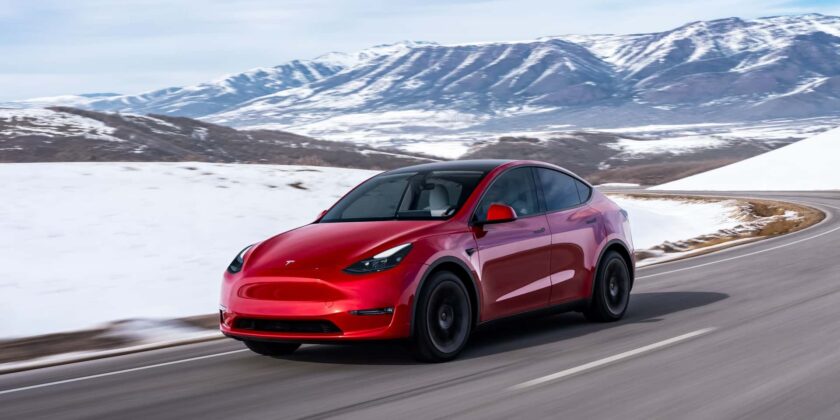Tesla is facing allegations that it created a secret team last summer with the goal of suppressing thousands of driving range complaints from its customers.
According to a Reuters report citing several sources familiar with the matter, Tesla employees that were part of this alleged team had been instructed to thwart any customers complaining about poor driving range from bringing their EVs in for service.
Several of the sources claim the company quietly created a “Diversion Team” in Las Vegas to cancel as many appointments related to range as possible. Tesla reportedly did this because its service centers were flooded with appointments from customers.
Most of these Tesla owners had expected better range based on the company’s advertised estimates and the projections displayed by the cars’ in-dash range meters. “Thousands of customers were told there is nothing wrong with their car” by advisors who had never run diagnostics, one of the sources said.
It is claimed in the report that Tesla managers told employees from the secret Nevada team that they were saving the company about $1,000 for every canceled appointment. They were also told that they were easing the pressure on service centers, some of which had long waits for appointments.
Inside the Nevada team’s office, some employees celebrated canceling service appointments by putting their phones on mute and striking a metal xylophone, triggering applause from coworkers who sometimes stood on desks. The team often closed hundreds of cases a week and staffers were tracked on their average number of diverted appointments per day.
Excerpt from Reuters’ special report
One of the sources said Tesla recently stopped using its diversion team in Nevada to handle range-related complaints, replacing it with virtual service advisors in an office in Utah.
Gallery: 2022 Tesla Model 3
Perhaps more surprising is the fact that in most cases, the cars likely didn’t even need repair, people familiar with the matter told the news agency. That’s because the customers’ complaints stemmed from Tesla misleading owners with regard to the driving range of their vehicles.
Tesla is accused of hyping the range of its EVs, raising consumer expectations beyond what the cars can actually deliver. According to Reuters interviews with three automotive experts who tested or studied Tesla EVs, the vehicles often fail to achieve their advertised range estimates and the projections provided by their own equipment.
Apparently, this is a practice that started about ten years ago for marketing purposes, when Tesla was only selling two vehicles, the two-door Roadster and the Model S.
Tesla allegedly rigged its range-estimating software by writing algorithms for the range meter that would display optimistic projections for the distance the vehicle could cover on a single charge, one person familiar with an early design of the software for its in-dash readouts told Reuters.
Then, when the battery fell below 50% of its maximum charge, the algorithm would show drivers more realistic projections for their remaining driving range, this person said. To prevent drivers from getting stranded as their predicted range started declining more quickly, Teslas were designed with a “safety buffer,” allowing about 15 miles (24 km) of additional range even after the dash readout showed an empty battery, the source said.
Excerpt from Reuters’ special report
The same source said the directive to give customers optimistic range estimates came from Tesla CEO Elon Musk, who “wanted to show good range numbers when fully charged.”
Both the alleged intentional inflation of in-dash range projections and the alleged creation of its range-complaints diversion team have not been previously reported. Since these are serious allegations, Reuters asked both Tesla and Elon Musk detailed questions about the issues, but neither replied.
Source: Reuters
Source: Read Full Article

